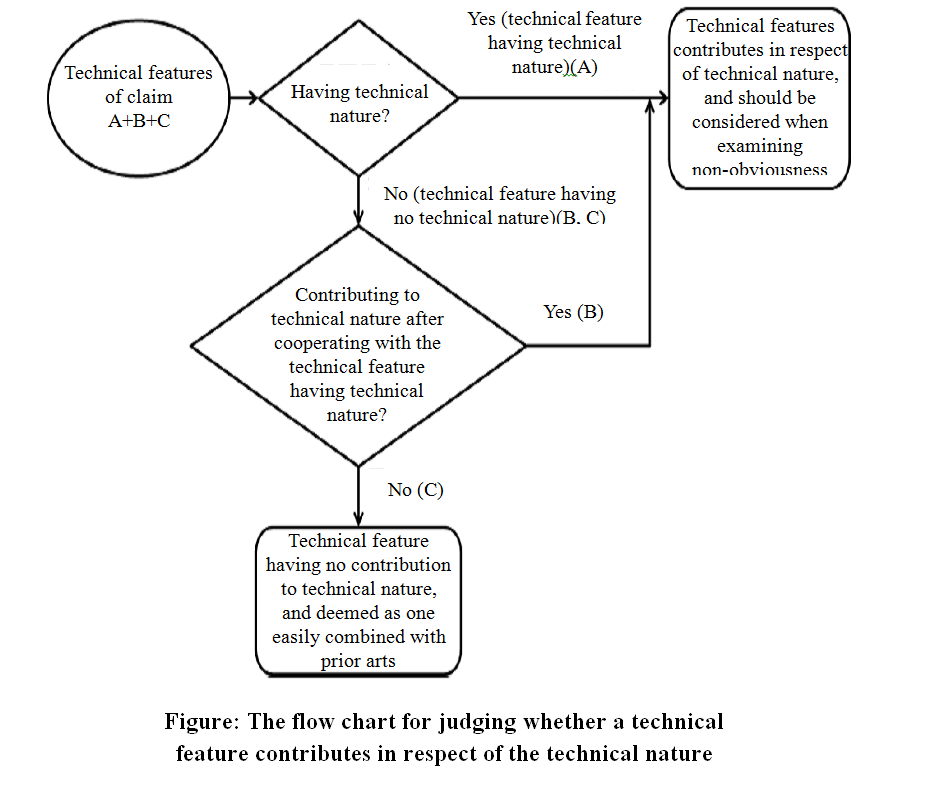In 2014, the Ministry of Economic Affairs issued an amended Patent Examination Guide for computer software related inventions, and it definitely will substantially affect the examination practices of the Taiwan Intellectual Property Office (TIPO). Some of the essential amendments are summarized as follows:
- INVENTION DEFINITION
To judge whether a claimed invention meets the definition of an invention, one must consider the contents of the claimed invention, rather than the recitation form of the claims, so as to identify whether the invention as a whole is of a technical nature. If only a portion of the claimed invention does not utilize the laws of nature, one cannot assert that the claimed invention does not meet the definition of an invention.
The judgment of the above is based on the technical features recited in the claims, but due to the special nature of a computer software related invention, one usually needs to refer to the contents of the specification in order to understand the essential meaning of each feature of the claims. Therefore, during examination, one conducts a synthetic judgment by examining the invention recited in the claims as a whole and referring to the specification, drawings, and common knowledge at the time of filing to consider as a whole the problems intended to be solved by the invention and the technical means for solving the problems with reference to common knowledge at the time of filing.
If the claims do not specifically recite essential technical features, but after referring to the specification, drawings and common knowledge at the time of filing, the examiner can find that the invention as a whole is of a technical nature but is not something simply based on the laws of nature, mathematical formulas, business methods, artificial rules, information disclosure, or aesthetical creation, etc., then the examiner will notify the applicant to make a response or amendments on the grounds that the claims are unclear. If the examiner finds that the computer software or hardware plays a significant role in the invention, but the specification does not clearly and sufficiently disclose this, for example, or how the software and the hardware cooperate, how the problems are solved, this raises the issue that the skilled person in the art will be unable to implement the invention according to the specification.
- DEFINITENESS OF CLAIMS
A claim for a computer software related invention is usually drafted using the language of general-function-defined object or means-plus-function. Regarding a general-function-defined object claim, to be definite, the skilled person in the art of the invention must be able to concretely imagine a hardware component or software module in view of the common knowledge at the time of filing for the function. Regarding a means (step)-plus-function claim, if the specification fails to recite the structure, material, operation corresponding to the function or computer program algorithm or hardware component achieving the function, then it will render the claim indefinite and cannot be supported by the specification, and at the same time will fail to meet the enablement requirement.
- FEATURES HAVING CONTRIBUTIONS IN RESPECT OF TECHNICAL NATURE OR NOT
An invention under the Patent Act must have a technical nature, specifically, the means of solving the problems must involve the technical means of the technical field.
An invention protects the creation of technical ideas which utilize natural laws, and the examination of its patentability is generally based on all the technical features recited in the claims. Therefore, when examining the novelty of the invention claims, any example of the prior art that discloses all of the technical features recited in the claims will result in a lack of novelty. However, because the applicant may recite technical features that do not have a technical nature in the claims of a computer software related invention, when examining the non-obviousness, one shall consider whether the technical features that do not make a technical nature have contributions to the one having a technical nature.
In a computer software related invention, if a feature recited in a claim has a technical nature, then the feature makes a contribution to the technical nature; if the technical feature does not have a technical nature, then one shall judge whether it contributes to the technical nature of the claim after cooperating with a technical feature having the technical nature; if the technical feature does not have a technical nature, and fails to cooperate with a technical feature having the technical nature and thus, does not belong to a part of the technical means which solves the problems, then it shall be deemed as a utilization of prior art and can be easily combined with other prior art.
Therefore, as illustrated in the flow charts below, a claim partially recites a feature having a technical nature (A: image processing device), and at the same time partially recites the features having no technical nature (B: “mathematical formula” for the image processing device; C: business method of “distributing as a gift”). In this situation, the claim includes feature (A) having a technical nature, so the claim as a whole meets the definition of an invention; however, when judging whether the claim meets the requirement of non-obviousness, the examiner only needs to compare “the feature contributing in respect of the technical nature” – feature (A) having a technical nature, and feature (B) cooperating with a technical feature having the technical nature and belonging to a part of the technical means which solves the problems. The remaining technical feature (C) “having no contribution in respect of the technical nature” shall be deemed as a utilization of the prior art and can be easily combined with other prior arts.

- Conclusion
The recent developments from the TIPO regarding examination practice for computer software related invention seems to have become more sophisticated and systematic when judging whether a computer software related invention meets the requirements of definition, enablement, definiteness, novelty, and non-obviousness. The author believes that readers will become more familiar with Taiwan’s current computer software patent practices and have a clearer direction in pursuing future software patents in Taiwan. If you or your clients have any questions on patent protection in Taiwan, please contact the author at 886-2-25856688 X 8139 or [email protected].


